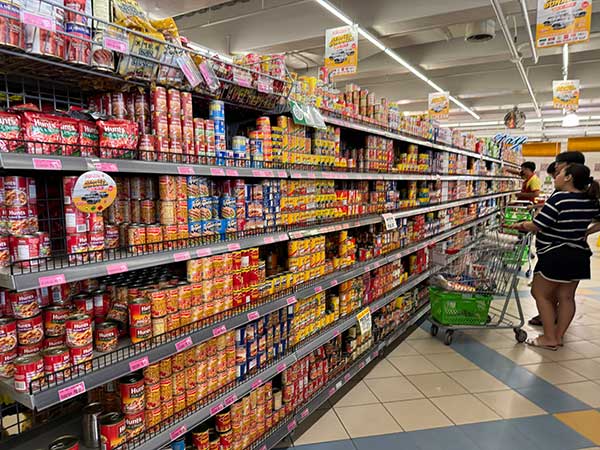
By Francis Allan L. Angelo
Inflation in Iloilo City and the province eased in November 2024, with electricity prices dropping 12% compared to October.
However, rising costs in housing rentals, rice, and vegetables continue to strain household budgets, according to the Institute of Contemporary Economics’ (ICE) analysis of data from the Philippine Statistics Authority (PSA).
Inflation in Iloilo City fell to 3.5% from 4.4% last month, while the province recorded a decline to 4.4% from 5.0%.
Despite the improvements, both rates remain significantly higher than the national average of 2.5%, underscoring persistent economic challenges, ICE noted.
The decline in electricity costs, driven by improved generation efficiencies, was the most significant factor in the slowdown, tempering inflation across both annual and monthly indices. ICE described the price reduction as “critical relief” for many households and businesses.
Rice prices, however, remain a major driver of food inflation, with costs still about 10% higher than last year, despite falling steadily since peaking in May.
Meanwhile, vegetable prices have surged between 14% and 19% since March due to supply chain disruptions and climate-related challenges, ICE reported.
Housing rental costs continued to widen the inflation gap between Iloilo City and the province. Rentals in the city are 8.4% higher compared to last year, while the province recorded a more modest 1.7% increase.
ICE attributed the disparity to a tighter urban housing market driven by population growth and increased demand for city accommodations.
“Rising rents, especially in the urban core, reflect growing pressures in Iloilo City’s housing market,” ICE explained. “Meanwhile, rural areas have experienced relatively stable conditions due to less intense housing demand.”
Transport costs showed mixed trends. Diesel and gasoline prices dropped 8% to 12% compared to last year, benefitting Iloilo City more significantly.
This led to a modest 0.5% increase in the city’s transport inflation, as public transport stabilized with falling fuel costs.
However, the province saw a 14% rise in passenger road transport costs. ICE attributed this surge to the ongoing transition to modernized jeepneys, with delayed adoption in provincial routes leading to higher operational costs.
“These road transport upgrades, while costly now, are a necessary step toward modernizing the region’s mobility infrastructure,” ICE noted.
Despite the easing in overall inflationary pressures, ICE warned that rising food and rental costs continue to erode consumer purchasing power.
It urged policymakers to address these persistent challenges through targeted subsidies, investment in affordable housing, and support for local agriculture to stabilize food prices.
“As inflation slows, the rising costs of essentials like food and housing highlight the need for immediate interventions to protect the most vulnerable populations,” ICE cautioned.
With inflation rates above the national average, ICE emphasized the importance of balanced policies that foster economic recovery while addressing affordability issues for Iloilo’s residents.





















